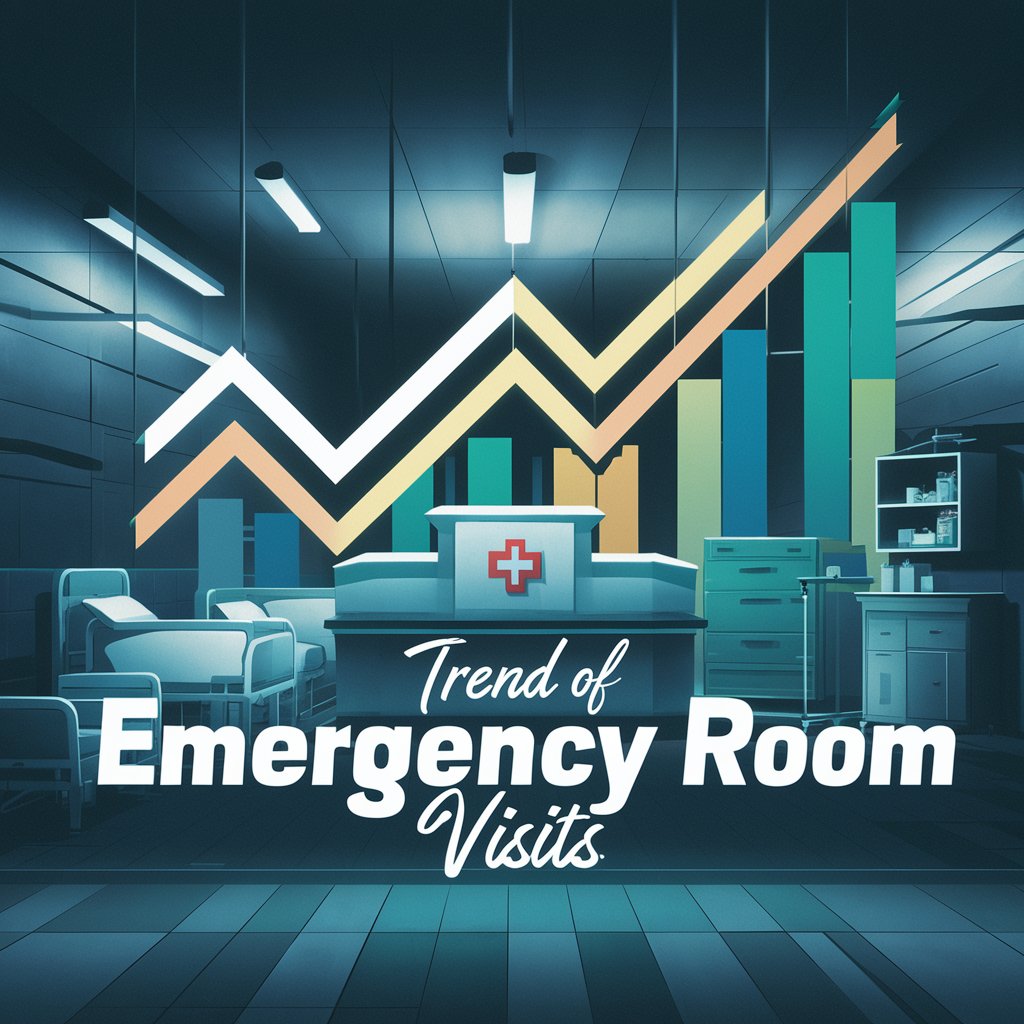Every year, health information bombards the public from countless directions. New dietary guidelines clash with emerging medical treatments. Health product claims contradict each other weekly. Instead of feeling empowered, most people report growing confusion about which advice they should actually follow.
We’re drowning in conflicting messages. One expert pushes high-protein diets while another warns they’ll kill you. A study touts a supplement’s benefits, then gets debunked months later. This isn’t an information problem anymore.
It’s a reasoning problem.
People can’t evaluate what they’re hearing because they lack the tools to interpret health information effectively. We’ve got access to everything but understanding of nothing. The current approach to health education makes this worse by emphasizing memorization over comprehension. Learn the recommendations, follow the rules, don’t ask why. This leaves everyone vulnerable when scientific understanding shifts or when marketers exploit gaps in knowledge.
What if we flipped this approach? Instead of memorizing what experts say, people could learn how their bodies actually work. They’d understand how immune systems fight off infections. How metabolic pathways break down nutrients. How genetic factors influence disease risk. How cellular processes drive aging and illness.
When you grasp these mechanisms, you can evaluate health claims based on biological plausibility rather than authority or marketing budgets. You develop reasoning skills that work regardless of which health trend dominates next year’s headlines. But our educational system still focuses on what to think rather than how to think about health information.
Why Health Education Fails
Recommendation-based learning treats health decisions like a multiple-choice test. You memorize which foods to eat, how much exercise you need, what supplements to take. This works for a while. Then new research flips dietary guidelines upside down. Your genetic makeup responds differently to treatments than expected. Suddenly, you’re left without tools to adapt. Marketing teams love this vulnerability—they exploit these oversimplified relationships every day.
The difference: someone who understands metabolic pathways can evaluate diet claims by checking if they align with how nutrients actually get processed. They don’t wait for official guidance on every new trend. They’ve got the literacy to assess claims themselves.
The gap between knowing current recommendations and understanding why they work reveals everything wrong with recommendation-based learning.
The problem gets worse with today’s information explosion. Social media, podcasts, books, online platforms—they’re all citing studies, throwing around scientific terms, presenting confident conclusions. The confidence-to-evidence ratio in most health content would make a Vegas bookie blush. Without understanding mechanisms, you can’t tell which claims align with established biological function and which ones are complete nonsense. It’s not about information volume. It’s about having the capacity to interpret what you’re reading.
Biological literacy won’t eliminate uncertainty. Individual variation exists. Environmental factors matter. Scientific understanding stays incomplete. Health remains probabilistic. But understanding these sources of complexity is sophisticated biological thinking that improves your decision quality.
Actually, the more you understand biology, the more comfortable you become with not having all the answers. You recognize why genetic differences matter. You see how environmental exposures interact with biological systems. This lets you navigate health decisions with greater confidence.
This understanding provides the foundation for examining specific biological systems that inform everyday health choices.
Immune System Insights
Grasping how your immune system actually works is crucial for making informed decisions about vaccines, immune-support products, and infection prevention strategies. Your immune system recognizes pathogens through complex signaling pathways. It develops immune memory through antigen exposure. Vaccines use this mechanism by triggering protective responses without causing disease. Meanwhile, inflammation represents immune activation in response to perceived threats.
When you’re evaluating claims about products that ‘boost immunity,’ a solid understanding of immune processes lets you assess whether these claims are biologically plausible. Your immune system doesn’t have a simple on-off switch that supplements can flip. It’s more like a sophisticated orchestra that doesn’t need amateur conductors waving random vitamins around.
The evaluative process involves questioning whether a substance can genuinely enhance the complex cascade of cellular recognition, signaling, and response coordination that characterizes immune function.
In the context of vaccines, understanding how they work helps explain why they provide protection without causing disease. Vaccines trigger immune memory through antigen recognition without the tissue damage caused by pathogens. This mechanism-level understanding addresses vaccine hesitancy more effectively than appeals to authority because it explains rather than directs.
This understanding extends to evaluating emerging health trends related to immune function. By assessing whether proposed mechanisms align with established immune system architecture, you can make more informed decisions about new vaccines and therapies. This framework provides interpretive tools for evaluating whether health trends related to immune function are grounded in biological reality.
While immune literacy offers one lens for health evaluation, genetic understanding provides another equally powerful framework for personalized decision-making.
Genetic Literacy and Personalization
Grasping disease risk through genetic literacy offers another essential framework for interpreting genetic tests and recognizing individual treatment responses. It’s about understanding how genes encode proteins. How protein function affects what happens inside your cells. How genetic variations change your disease risk. How genetic differences influence the way your body processes drugs.
With direct-to-consumer genetic tests offering personalized insights, understanding mechanisms lets you evaluate whether genetic variants actually affect health outcomes. Or whether they’re just oversimplified interpretations. Many genetic tests deliver results with the precision of a fortune cookie but the authority of a medical diagnosis.
That’s where things get tricky.
Understanding genetic influence on protein function helps you figure out whether variant-outcome relationships align with actual biological pathways. Or whether they just correlate through confounding factors. Public health recommendations target population averages, but genetic differences create variation around these averages. This biological reality explains why some approaches benefit certain people while others don’t.
Genetic differences in nutrient metabolism, drug processing, or disease susceptibility create variation that one-size-fits-all recommendations can’t address. In treatment decisions, genetic understanding helps explain risk as probability rather than certainty. It also clarifies why medications affect different people differently. This enables informed discussions with healthcare providers about treatment selection and dosing adjustments.
This understanding transforms medical consultations from passive instruction-reception to collaborative decision-making. Just as genetic literacy provides one evaluative framework, understanding metabolism offers a complementary lens for assessing nutritional and dietary health claims.

Metabolism Over Calorie Counting
Understanding metabolism is crucial for making informed dietary choices and managing weight effectively. You need to know how cells extract energy from nutrients. You also need to understand how metabolic regulation responds to feeding states. Metabolic pathways determine how macronutrients get processed and utilized by the body.
Facing popular diet trends—intermittent fasting or ketogenic regimens—you need a mechanism-grounded lens to assess their biological plausibility. Does the claimed effect align with established metabolic pathways? You’re examining if proposed mechanisms match known biochemistry or oversimplify complex regulatory systems.
What matters: proteins, fats, and carbohydrates undergo different metabolic processing. Different breakdown mechanisms. Different energy yields. Different regulatory signals. Different storage pathways.
This understanding moves beyond simplistic calorie-counting to comprehending how food composition influences metabolic regulation, hormone signaling, and cellular function. Metabolic understanding provides stable evaluation criteria for dietary approaches as trends change. It enables you to assess whether these approaches align with how the body processes nutrients and regulates energy, providing a framework for making long-term health decisions that persist as new nutritional approaches emerge.
While metabolic understanding operates at the system level, cellular processes represent the underlying mechanisms that drive long-term health outcomes and disease development.
Cellular Biology and Aging
Understanding cellular processes is key to comprehending disease development and evaluating anti-aging claims. It involves knowledge of DNA damage accumulation, cellular repair mechanisms, oxidative stress, cellular senescence, and mutation-driven disease.
When you’re assessing anti-aging interventions, cellular-level understanding helps evaluate whether proposed mechanisms could plausibly affect aging processes. The anti-aging industry promises cellular renewal with wild enthusiasm, but most interventions can’t deliver on biological reality. Can antioxidants consumed orally actually reach relevant cellular compartments? Do claimed interventions affect actual cellular aging mechanisms? These questions prevent excessive optimism about unproven interventions.
Most diseases don’t just appear overnight.
They develop through accumulated cellular changes over time rather than sudden events. Cancer develops through multiple cellular mutations accumulating over time. Cardiovascular disease develops through gradual arterial changes. Neurodegeneration reflects progressive cellular dysfunction. This temporal understanding influences prevention strategies more effectively than acute disease models.
Cellular processes connect to genetic variations affecting repair capacity, metabolic health influencing oxidative stress, and immune function responding to damage signals. These frameworks provide integrated interpretive tools for evaluating health contexts you encounter. Understanding these biological principles sounds abstract until you’ve experienced how knowledge develops through direct observation.
Hands-On Experience
Direct observation of biological processes through laboratory work transforms abstract concepts into experienced realities. You’re not just reading about cellular processes anymore. You’re watching them unfold under microscopes, conducting experiments on metabolic reactions, and investigating immune responses in controlled settings. Lab work builds intuition about biological systems that textbooks simply can’t match.
Laboratory experience gives you reference points for assessing whether claimed mechanisms align with what you’ve actually seen.
When you’ve directly observed how enzymes catalyze reactions or how cells respond to environmental changes, those abstract claims about biological effects become something you can evaluate against real experience. You develop a sense for what sounds plausible versus what doesn’t.
Laboratory investigation develops empirical reasoning skills that transfer way beyond the classroom. Understanding that biological claims must align with observable phenomena builds your comfort with experimental thinking. This enhanced reasoning capacity becomes invaluable when you’re evaluating health research and product claims in the real world.
Spotting Bad Science
Systematic practice in evaluating scientific research develops critical capabilities for assessing health information quality. This includes identifying study design limitations, recognizing statistical significance versus practical importance, distinguishing correlation from causation, and evaluating whether conclusions match evidence.
Research analysis skills enable assessment of evidence quality when confronted with health claims citing research support. Every dubious supplement seems to have a study backing it up—usually involving twelve mice and a prayer. Evaluating study design questions such as sample size justification or statistical result implications provides a complementary assessment dimension independent of biological content knowledge.
These skills enable lifelong learning by allowing you to evaluate new health research without requiring expert guidance on each study. As new studies emerge continuously, the capacity to evaluate evidence quality ensures ongoing assessment capability. Those critical evaluation skills then underpin lasting health intelligence.
Building Health Intelligence
Biological reasoning capacity develops through systematic integration of laboratory investigation, research analysis, and application exercises. Practice applying biological principles across contexts builds transfer capacity—the ability to use understanding developed in one context to evaluate situations in different contexts.
Comprehensive programs like IB Biology develop reasoning capabilities that extend beyond specific content knowledge to persistent evaluation frameworks applicable across changing health trends. These programs differ from fragmented health education by developing integrated understanding of how biological systems function at multiple scales. Comprehensive biological education teaches you to think critically rather than memorize facts—one adapts, the other expires.
Biological reasoning enhances medical consultation participation by enabling meaningful engagement with healthcare providers about disease mechanisms and treatment rationales. Patients can ask informed questions about how proposed medications work or why certain side effects occur.
Systematic biological education prepares individuals for an evolving health information landscape by providing stable evaluation criteria based on established biological mechanisms. As new dietary trends emerge or medical treatments advance, mechanism-based reasoning persists.
From Overload to Wisdom
Remember that exponential growth of health information we started with? The confusion and conflicting advice that leaves people more bewildered than informed? The shift from recommendation-following to mechanism-understanding determines whether you navigate this landscape as a passive consumer or active evaluator. The four biological frameworks we’ve examined—immune system architecture, genetic variation, metabolic pathways, and cellular processes—provide integrated reasoning tools for evaluating claim plausibility.
Mechanism-based reasoning persists because biological principles remain relatively stable even as applications change. As genetic technologies advance and personalized medicine develops, the gap between recommendation-followers and mechanism-understanders will likely widen. While others wait for the next health guru to tell them what to think, you’ll know how to think about what they’re saying. Biological literacy provides essential capability for informed decision-making in an increasingly complex information landscape—and more importantly, it’s the difference between being health-informed and health-anxious.






